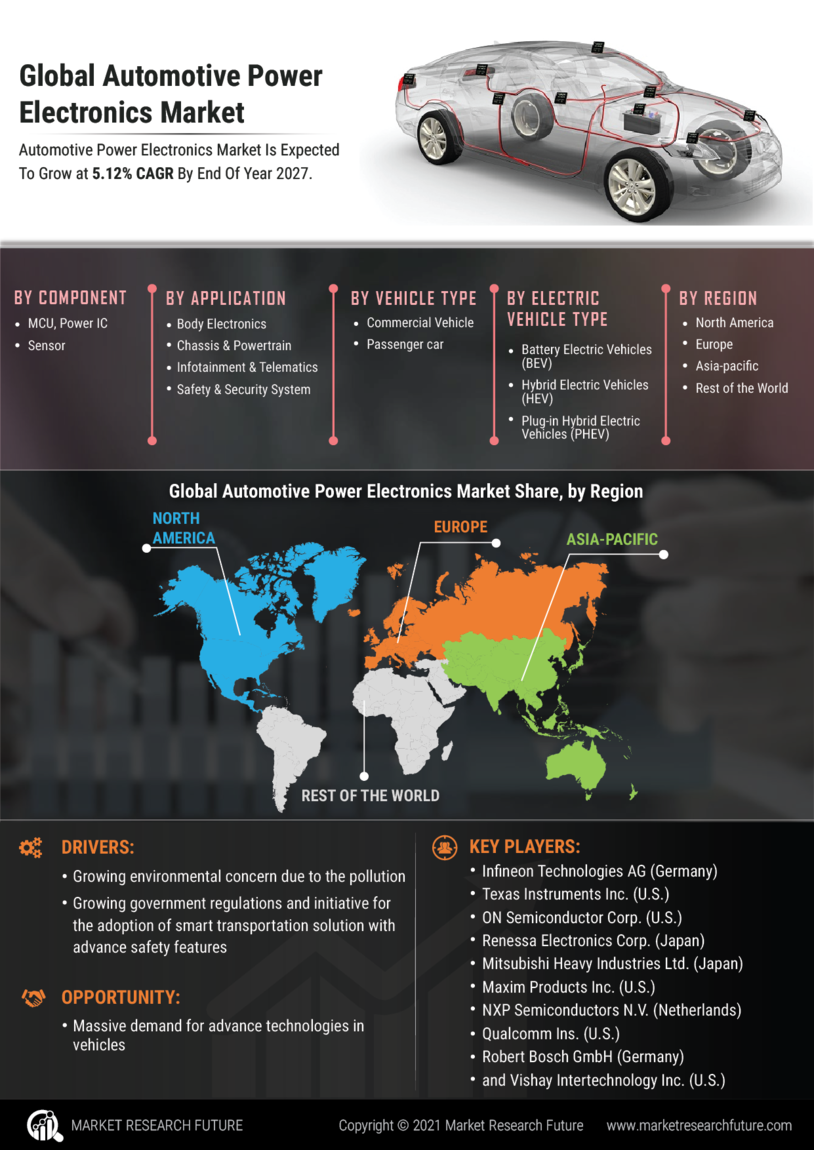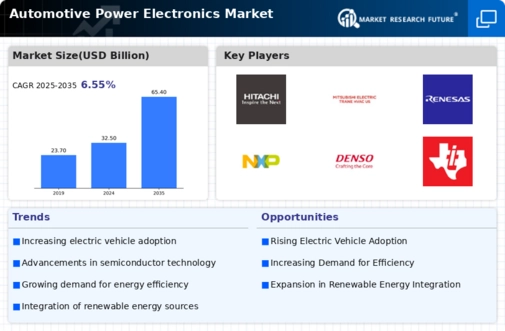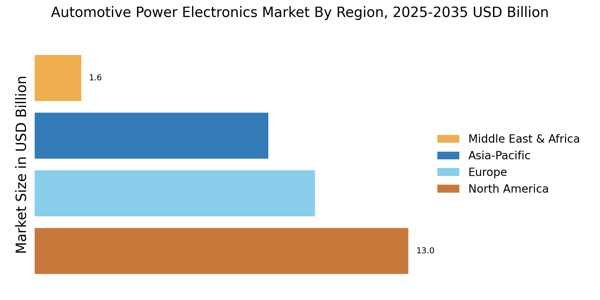The Automotive Power Electronics Market is characterized by rapid advancements in technology, a growing emphasis on energy-efficient solutions, and a significant push for electric vehicles (EVs) around the world.
Companies operating within this sector are focusing on innovations that can enhance vehicle performance while reducing emissions and overall environmental impact. With the rise of autonomous driving technology and smart vehicles, the competition is intensifying as manufacturers strive to develop power electronic components that are more compact, efficient, and powerful.
The market comprises various segments, including inverters, converters, and power management systems, each catering to different needs within vehicle electrification and power management.
The competitive landscape is dominated by players who not only compete on technological innovation but also on pricing, customer service, and global reach. This dynamic environment pushes companies to continuously innovate and explore new market opportunities.
Hitachi has established a solid presence in the Automotive Power Electronics Market by leveraging its technological expertise and commitment to high-quality manufacturing.
The company is recognized for its research and development capabilities, enabling it to produce advanced power electronic solutions that cater to the evolving needs of the automotive industry.
Hitachi's strengths include its diverse product portfolio, which encompasses various electronic components essential for the development of hybrid and electric vehicles. Additionally, the company's strategic collaborations and partnerships enhance its market position and drive innovation.
By focusing on sustainability and eco-friendly solutions, Hitachi has successfully aligned itself with the growing demand for electric mobility, further solidifying its reputation as a leading player in the automotive power electronics sector.
Mitsubishi Electric is another key contributor to the Automotive Power Electronics Market, known for its extensive range of products and services designed for efficient vehicle operations.
The company's offerings include power inverters, converters, and battery management systems that are crucial for the development of electric and hybrid vehicles.
Mitsubishi Electric enjoys a strong global presence, with manufacturing facilities and research centers strategically located to meet the demands of various markets.
The company's strengths lie in its innovation-driven approach, which has led to the continuous improvement of existing products and the introduction of cutting-edge technology.
Mitsubishi Electric has pursued strategic mergers and acquisitions to bolster its capabilities and expand its market reach, allowing it to stay competitive. The focus on sustainable solutions and automotive electrification further emphasizes the company's commitment to contributing to the future of mobility on a global scale.
















Leave a Comment